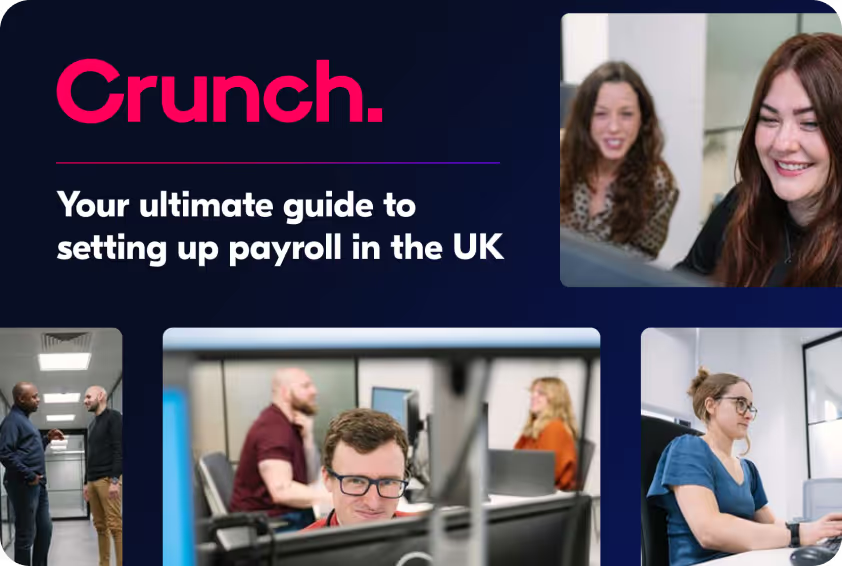Self-employed people face different financial pressures when compared to employees – both in terms of how they generate income but also on how they must pay taxes.
As a self-employed person, your income tax and National Insurance Contributions (NIC) are calculated and processed differently. Your National Insurance Contributions are what allow you to qualify for a state pension and other benefits, but how you pay the tax and what benefits you receive are different to someone in full-time employment. Self-employed people must complete a self-assessment each tax year and your NIC payments will be calculated during this process.
We know NIC can be confusing, so let’s be clear: if you’re self-employed, you’ll make your National Insurance contributions as part of your self-assessment process. There are two different types of contribution, Class 2 and Class 4, which both carry different repayment conditions.
Let’s take a closer look at what Class 2 NICs are and how they may apply to you.
Class 2 NIC eligibility and profits threshold
If you’re self-employed and your taxable income meets or exceeds the lower profits limit of £12,570 (as of 2025/26) within a tax year, you’ll have to pay Class 2 contributions as a fixed weekly amount. Your taxable income is profit minus allowable expenses. You can calculate your National Insurance obligations using our National Insurance calculator.
Class 2 contributions are always a flat rate and are currently set at £3.45 for 2025/26. That means you’ll need to pay £179.40 as a Class 2 contribution if your business exceeds the profit threshold for the 2025/26 tax year.
If you earn less than the small profits threshold of £6,725 in the 2025/26 tax year, you don’t need to pay contributions. However, you can opt in to voluntary payments to ensure you still receive contributory benefits.
What about self-employed people whose profits fall somewhere between the two brackets? If you earn between £6,725 and £12,570, you don’t need to make any Class 2 contributions but will be treated as though you have, so will have access to contributory benefits.
{{tax-guide}}
Class 4 contributions explained
In addition to the Class 2 NIC criteria, you’ll also have to pay Class 4 contributions, which are based on profits and only apply when you earn over £12,570 in the 2025/26 tax year. Class 4 contributions are calculated as 6% on profits between £12,570 and £50,270, then 2% on profits over £50,270.
This means any self-employed person earning over £50,270 will always pay 6% on the initial £37,770 and then an additional 2% calculated on any profits over that.
If you think Class 4 may apply to you, we’d recommend reading our guide to Class 4 NICs to learn more about who they apply to and how they work.
Class 1 vs Class 2 vs Class 4 National Insurance Contributions
Employees in a business are subject to Class 1 National Insurance Contributions. They are made up of a combination of deductions from pay and additional employer contributions. The amount you’ll pay depends on your National Insurance category letter and monthly earnings.
In category A, which is the broadest category of employees, the 2025/26 thresholds are defined as:
- £123 to £242 (£533 to £1,048 a month): 0%
- £242.01 to £967 (£1,048.01 to £4,189 a month): 8%
- Over £967 a week (£4,189 a month): 2%
Class 1 contributions are also subject to employer contributions, which again depend on earnings. For category A employees earning up to £416.67 per month, employers pay 0%. Any amount exceeding that is subject to 15%.
The main differences between Class 1 and Class 2/4 contributions include:
- Class 1 contributions are automatically deducted, whereas Class 2 & 4 contributions are calculated and paid as part of the self assessment process.
- Class 1 contributions are also paid by an employer.
- Class 1 contributions include multiple categories with varying criteria and repayment thresholds.
Want to see how this differs from Class 2 and 4? Here’s a handy reference table to explain the differences.
What if you’re both an employee and self-employed?
If you’re an employee but also self-employed, you’re in a tricky situation because you may have to pay Class 1, Class 2 AND Class 4 contributions. Essentially, you must separate both forms of income and pay the relevant NIC for each.
That means you’ll be eligible for Class 1 NIC on your income as an employee and then also Class 2 and Class 4 NIC for your self-employed income. For example, if you’re in full-time employment but run a small side business as a sole trader, you’re unlikely to earn over £12,570 in self-employed revenue and therefore you won’t need to make Class 2 or Class 4 NIC.
Paying Class 2 NICs: methods and deadlines
Paying Class 2 NIC is simple. Most people will pay NIC as part of their self-assessment tax bill. Some self-employed people, however, do not pay through self-assessment. If you’re any of the below, HMRC will send you a payment request by the end of October. You can then visit this page to pay online.
- An examiner, moderator, invigilator or person who set exam questions
- Operating any business involving land or property
- Ministers of religion who do not receive a salary or stipend
- Living abroad and paying voluntary Class 2 contributions
- A person who makes investments - but not as a business and without getting a fee or commission
- Non-UK residents who are self-employed in the UK
- Working abroad
Outside of that list, all other self-employed people must pay through self assessment by January 31 in each tax year. If you miss the deadline you’ll need to pay a late payment penalty, which begins at 5% of the amount outstanding and rises as outlined by HMRC here.
{{cta-sole-trader-crunchone}}
Why make voluntary Class 2 NICs?
If your profits fall below the small profits threshold, you won’t need to make Class 2 contributions. However, you may elect to make voluntary contributions instead. You’d do this to protect your entitlement to certain benefits – most commonly these are the state pension, maternity allowance and contributions-based employment and support allowance (ESA).
If you want to make voluntary contributions, you need to contact HMRC before your self assessment date to arrange payment.
Crunch your NIC obligations in no time
We hope this guide has served you well and shown you how Class 2 and Class 4 NICs work. As a self-employed person, keeping track of your earnings and tax obligations is crucial to cashflow and ultimately to your business’ success.
Here at Crunch, we provide accountancy software that makes tax simple for self-employed people. Take a look at our Sole Trader online accountancy page to see how we can make your NIC and other tax matters as efficient as possible.

.svg)



.webp)














